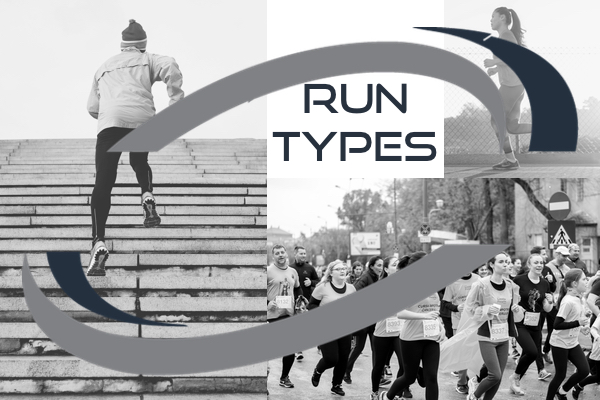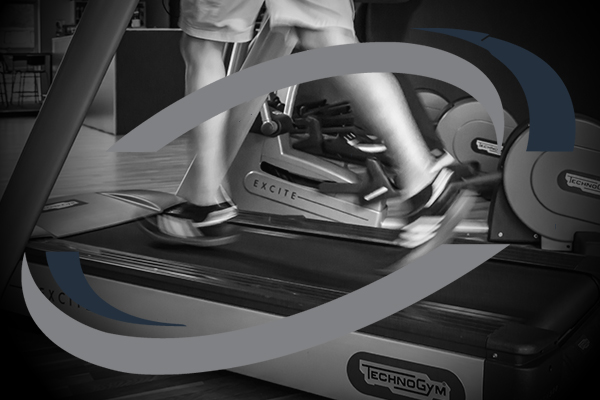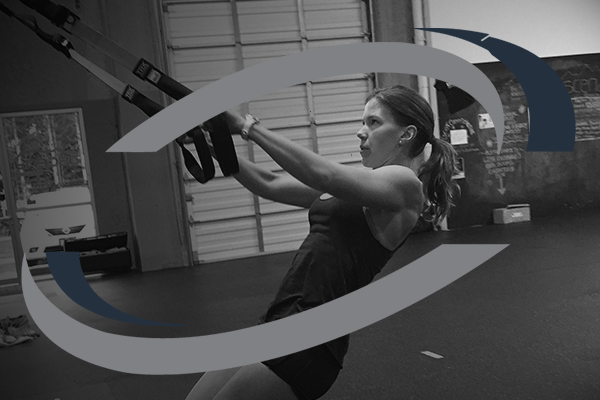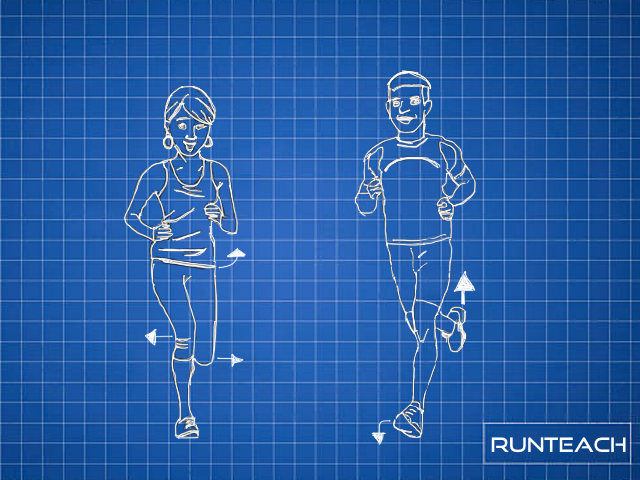As you emerge from the base phase of your marathon training (see my previous post here), you’ll be feeling fitter and stronger. You’ve perhaps got eight or ten weeks until the big day, so it’s time to build on that aerobic base.
A lot of plans will begin to ramp things up now by increasing distance and adding in speed work. You may find that you do your longest run in this four week block. Building up time on feet and speed endurance are what this phase is all about, as it continues to build both physical and mental fatigue resistance.
The speed work that gets added to plans is designed to challenge your energy systems and muscles in a slightly different way that you’ve been training so far. The higher intensity efforts help to force adaptations in your muscles and connective tissue, making them stronger. They also challenge your cardiorespiratory system and helps to improve your aerobic thresholds. Lots of other good stuff is happening here as well, including building mental strength and preparing you for a solid performance on marathon day.
For me, starting to train more at my target marathon pace is important. Remember, the marathon is a long way and commands a consistent output from start to finish. To most of us that don’t run with power meters, this means a consistent pace, and that’s why setting your target pace is important. This pace will feel easy in the first half, and will become progressively harder as you go into the last third. So, getting a lot of practice at this target pace is critical to helping you find that groove on race day. To help you find your marathon pace, the McMillan calculator is a good starting point.
Different plans will have different formats for building this in, such as sandwiching it in between easy sections in a longer run or having fast finish long runs where the last few miles are at your marathon pace. If your plan doesn’t do this, I would recommend adding some marathon pace practice in. The easiest way of doing this is to sandwich by splitting your runs so that you do one third at easy pace, one third at marathon pace and the last third at easy pace. Start off with your mid-length runs and keep your long runs easy. If you are more experienced at marathon training, then you can do this in your long runs, or go for the fast finish option.
When I design marathon plans for my athletes, I use the speed sessions to build lots of marathon pace practice. I use the sandwich method but tend to sandwich faster efforts in between two sections of marathon pace. I’ve found this to be very effective and is based on the speed sessions designed for my first claim club, Bournemouth AC
If you don’t already have a target marathon pace, choose one. Look through your runs in the base phase and pick a pace that is realistic and aligns with your goals. If your goal is to finish without a specific time target and simply enjoy the event, choose a pace that will allow you to do this. Don’t put yourself under unnecessary pressure. It’s easy to get carried away, especially if your training is going well. If you have a time goal, work out the pace you need to run and decide whether that’s realistic and adjust if necessary. It is likely that at the end of this phase you will reevaluate the pace following the speed work and any tempo runs.
Once you have your target marathon pace, practice it at least once per week and build up the time you run at this pace. However, you are not trying to run long distances at this pace. Remember, you can sandwich it into your runs and you can do a couple of longer runs with the last 3 to 5 miles at this pace.
If your plan gives you speed work – do it! This is so important for your physical and mental development. I appreciate that it can be confusing to decide on paces and understand the different run type terminology, but your plan should provide guidance on this. For my own explanation of run types, see here.
Run your long runs easy and don’t panic if you have to walk some of it. You want to push yourself somewhat, but you also have to take into account everything else going on: weather; personal stress, terrain; sleep quality – to name just a few. If you need short walking breaks near the end of a long run, that’s fine. It doesn’t necessarily translate to walking on race day, so take the pressure off and enjoy it. Yes, it will be tough – but remeber your goal in this phase: time on feet endurance and fatigue resistance.
Practice your fuelling and hydration. Do not leave this to chance! This is in two parts:
- Pre-race: Think about what you are going to eat in the two days before, and the morning of the marathon. The same goes for hydration: keep your electrolyte levels topped up. Practice in this phase of training, even if it’s just once before a really long run.
- In-run: Experiment with your in-run fuel and hydration. What does the event have available and at what frequency; will it be suitable for you? For example, if they hand out gels or sports drinks and you think you may use them, get hold of some and try them on your runs. Not all products suit everyone and upset stomachs are very common with poor fuelling strategies and a lack of trying products beforehand.
One strategy I’ve used very successfully is pre-loading both fuel and hydration. For fuel, I always use Generation UCAN (Super Starch). This can provide several hours of energy and you take it before you run. You can find out more here, and get a 10% discount using the code: RunTeach.
For hydration, my product of choice is SOS as it’s specifically designed to deliver a measured amount of electrolytes without the fizzing or stomach upset that some other electrolyte products can cause. As a bonus it is also fully organic and mixes immediately. I pre-load with this to ensure I am well hydrated with topped up electrolyte levels. I use it both the night before a long run / race as well as in the morning of the event. You can take it with you if you prefer to carry fluids rather than use the on-course options. You can find more here, and save 20% with discount code: CHRIS20.
I love this phase of marathon training as you can really get your teeth into it. You are building up raw endurance, speed endurance, fatigue resistance, fuel and hydration run-throughs, and for me: starting to do mental and visualisation run-throughs.
Have fun with it, and embrace the challenge – the taper will be here soon enough!
Most importantly, keep a check on your effort and pace – keep it real and doable. Remain calm about your long runs, practice that marathon pace, get in that speed work if it’s on your plan and experiment with fuel and hydration.
Until the next phase, happy training!









